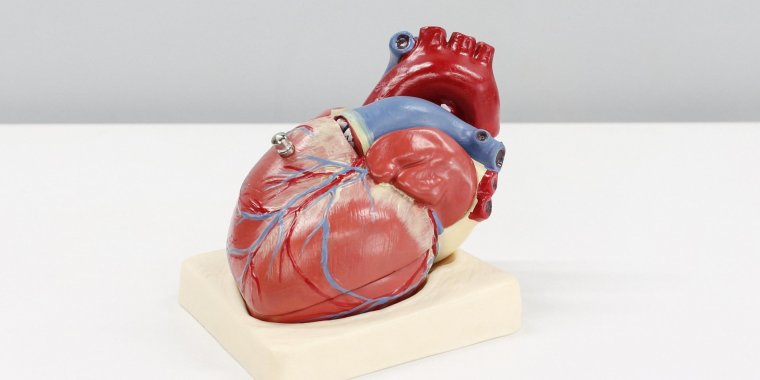| Health / Health News |
Implants of cardiac muscle tissue could repair and reverse heart damage
A team of researchers, including members from Boston University, has detailed the method for their breakthrough approach to treating damaged heart tissue. They’re growing viable heart tissue in the lab to create a small patch of cardiac muscle from the patient's own cells. The patch can be transplanted directly into a heart to repair damage or abnormalities.

Implants of cardiac muscle tissue could repair and reverse heart damage. Photo: Ali Hajiluyi/Unsplash
"Once it’s damaged, heart tissue is basically gone forever,” said David Bishop, director of CELL-MET, the NSF Engineering Research Center in Cellular Metamaterials, who worked on the project.
"You're going to have to make do for the rest of your life with the healthy tissue that remains. Our dream is to build a cure for heart attacks."
To thwart an immune system attack on the implanted tissue, researchers will use tissue from the patient to make pluripotent stem cells -- a sort of universal cell that can become almost any kind of tissue in the body.
The pluripotent stem cells will be manipulated into becoming cardiomyocytes, the muscle cells that make the heart beat.
"Heart cells are what we call mechanically active,” said biomedical engineer Christopher Chen.
“They need to contract and generate force as they grow. The way they develop is greatly impacted by their mechanical environment. If that environment is too rigid, a cardiomyocyte won't be able to contract. You need scaffolding that's stiff enough to support the cells, but soft enough that it can crunch down when the cells pull on it."
To create the necessary structure, the team developed scaffolds using nanoscale 3D printing. The team is currently trying to create blood vessels in the patches. The fabricated heart tissue could also expedite and improve drug development.
The breakthrough could help scientists and engineers better understand congenital heart diseases and cardiac abnormalities and help design and test therapeutic interventions in cardiac tissue.
Building on the success of the method, the team has replicated a living heart chamber and heart valves on a chip. (U.S. National Science Foundation)
YOU MAY ALSO LIKE





